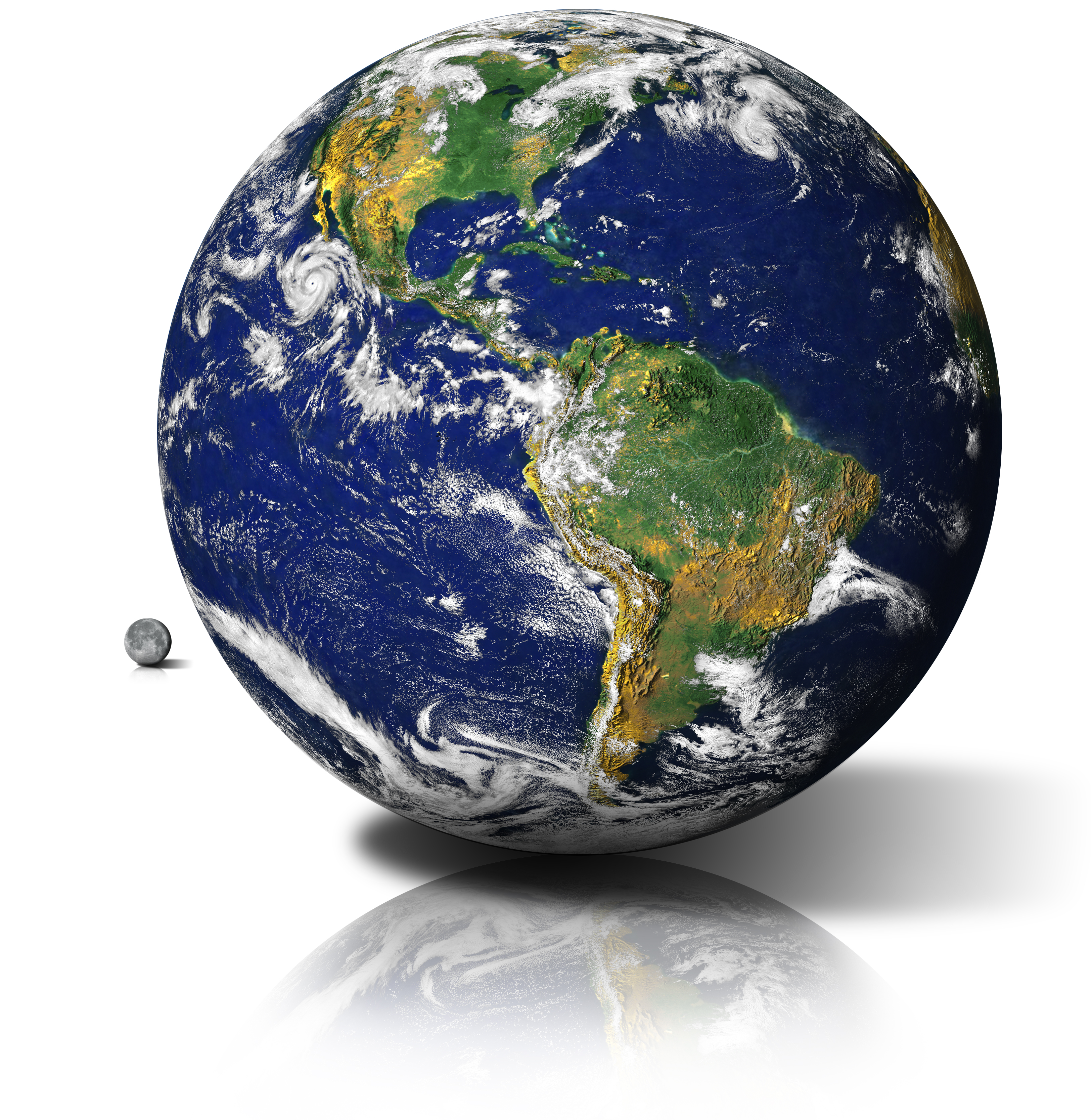How many Earths Does it Take?

By Anne Rivas
Did you try the ecological footprint calculator from the article on September 1st? I did, and this is what I learned.
The Ecological Footprint score compares the amount of demand human consumption places on nature to the supply of productive land available to meet this demand (biocapacity). The score is given in the number of planets it would take to support all of us if everyone lived the same way.
Based on my answers, it would take four planets worth of resources to support all of us. I was shocked. After all, I compost, recycle, belong to a CSA, and don’t buy a lot of consumer goods. Cutting back by half on animal-based foods and purchasing products with minimal packaging put me just under 4 planets. I tried again, paring down to bare essentials – less meat, house under 1000 square feet – and got my score down to 3.4.
Just for fun I took the quiz in different countries, using the same values. My score was much better – 1.9 in Switzerland; 1.3 for only the essentials. A car was a significant environmental expense everywhere and using mass

transit, bicycling, and walking reduced my footprint considerably. (Pssst! One more reason to register for TravelSmart.)
What is the difference between North America and other parts of the world? Cost of Services. The Services category represents the environmental cost of national infrastructure, manufacturing, government, and public services. These are divided equally among the population so if a country has a large footprint, so does everyone in that country. The cost of Services in North America is around 2.6 planets, so a personal score of 3.4 is pretty good.
The website shows footprints for countries as well as the footprint of the world as a whole. The US runs on an ecological deficit, consistently exceeding its biocapacity, while some countries run at varying degrees of ecological credit. Unfortunately, the countries running at ecological credit do not compensate entirely for the countries running at a deficit, so right now the world is in ecological deficit.
What’s the purpose of this exercise? It shows the need to go beyond personal action to civic activism. We can ask our cities to find out their ecological footprints and use that information to find ways to reduce the environmental cost of our infrastructure. Tune in next week for the exciting sequel!
